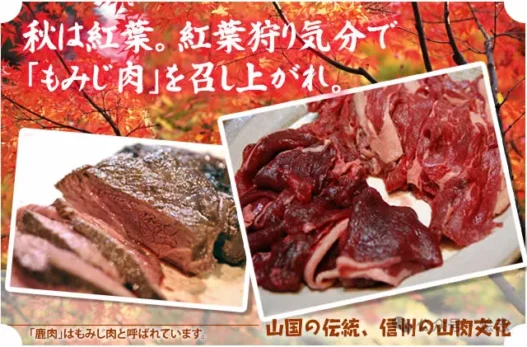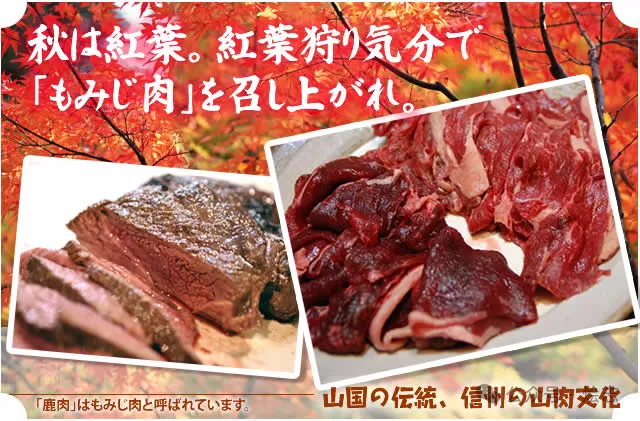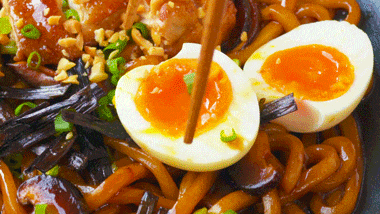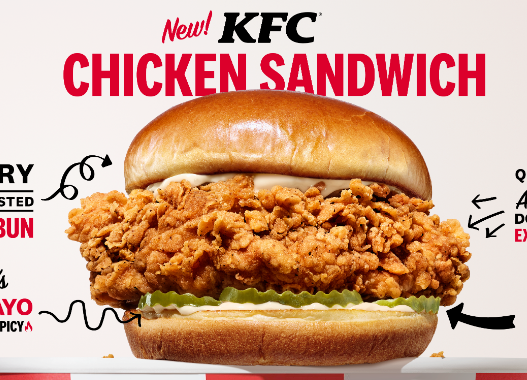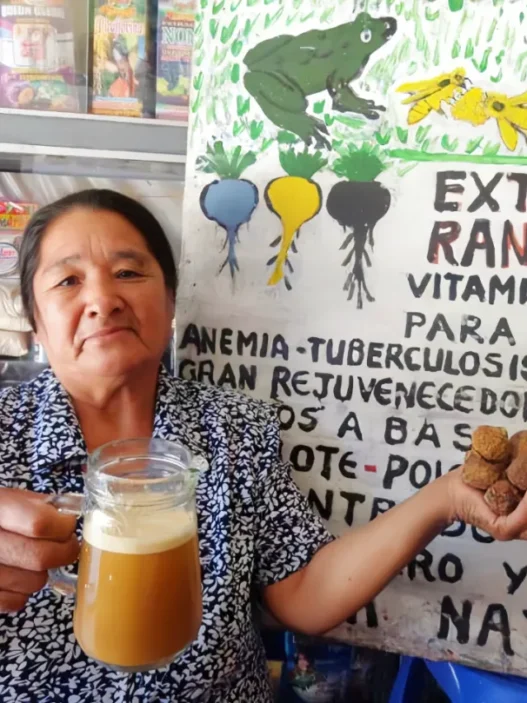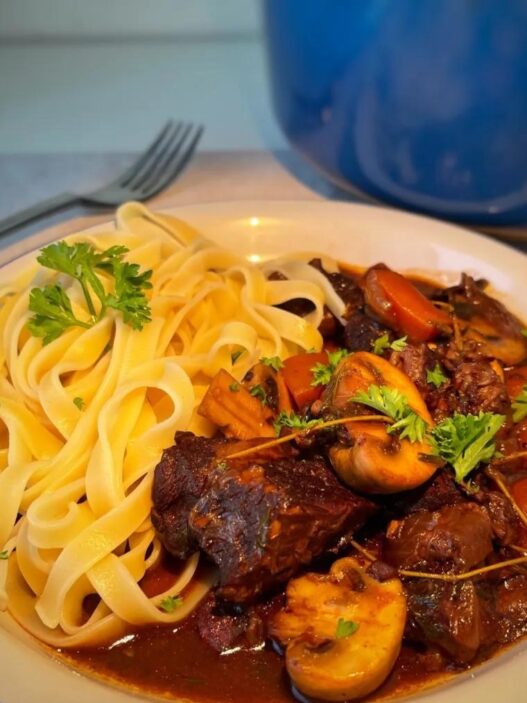The Japanese Meat Ban lasted for over 1,200 years, but did Japan truly stop eating meat? The reality is far more complex. Despite official prohibitions, clever loopholes allowed meat consumption to continue. Let’s explore how Japan secretly kept meat on the menu while navigating its dietary restrictions.
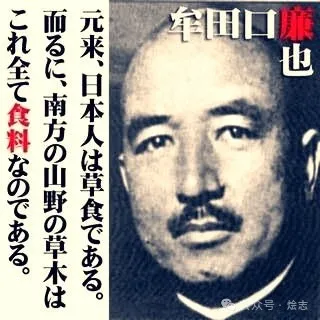
The Role of Buddhism in Japan’s Dietary Laws
When Buddhism arrived in Japan in the 6th century, it introduced Chinese cultural influences, including dietary restrictions against eating meat. As Buddhism gained power, its influence extended to imperial policies.
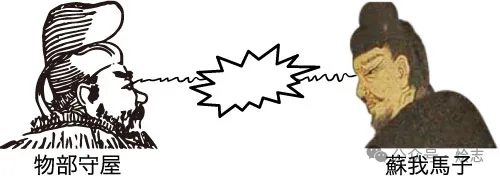
The Soga clan, supporters of Buddhism, overthrew the Shintoist Mononobe clan, leading to Emperor Tenmu’s decree in 675 CE, which banned specific meats—a prohibition that officially lasted until 1872 under Emperor Meiji.
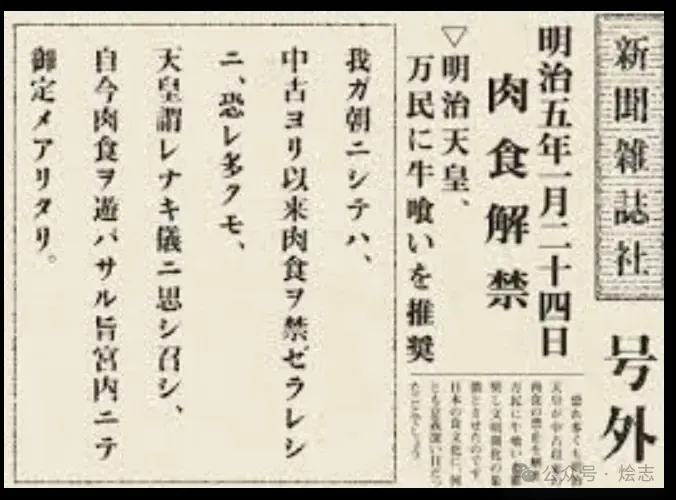
What Did the Ban Actually Forbid?
The restriction wasn’t absolute. Instead, it targeted:
- Beef, horse, dog, monkey, and chicken consumption
- Eating meat during rice-growing months (April-September)
- Using hunting traps and other efficient tools
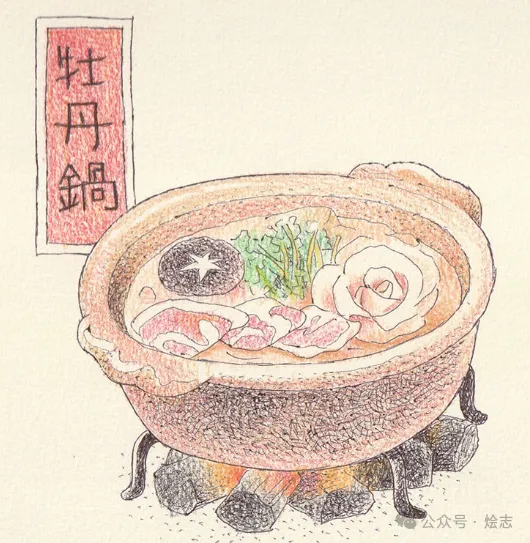
Why Some Meats Were Banned
- Cows and horses were essential for farming.
- Dogs were used for protection.
- Chickens helped with timekeeping.
- Monkeys were perceived as too human-like.
However, deer, wild boar, and fish were not banned, and hunting them was widely practiced. Despite the restrictions, these meats remained common in traditional diets.
How Japan Circumvented the Ban
Despite the restrictions, Japan developed creative ways to continue eating meat:
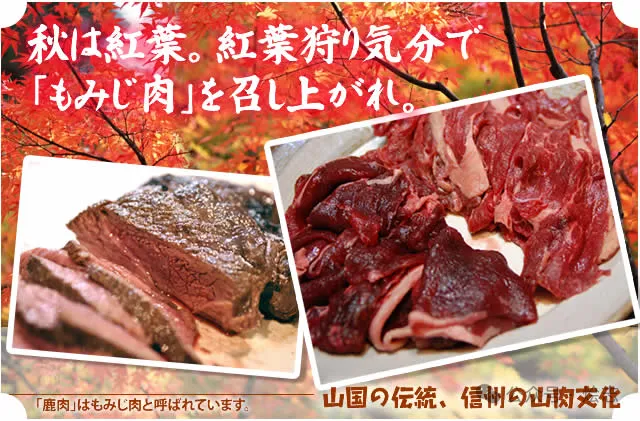
1. Medicinal Meat: The Yakuzen Loophole
Due to dietary deficiencies, venison and wild boar were classified as medicinal food (yakuzen). Doctors prescribed meat as a remedy for ailments like anemia and fatigue, making consumption acceptable under medical pretense.
2. Code Words for Meat
To bypass religious and social scrutiny, meat was renamed:
- Wild boar → Yama kujira (“mountain whale”)
- Wild boar meat → Botan (“peony”)
- Venison → Momiji (“maple leaves”)
- Horse meat → Sakura (“cherry blossom”)
- Chicken → Kashiwa (“oak”)
These euphemisms allowed the continued enjoyment of meat without open acknowledgment, further proving that the ban was not as strict as commonly believed.
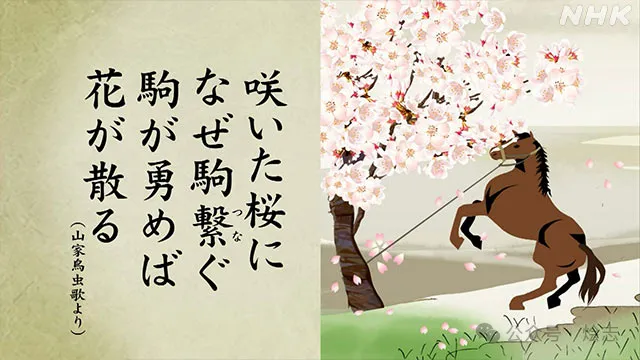
Japan’s Hidden Carnivore Culture
While Japan officially enforced dietary restrictions, the reality was more flexible. The prohibitions weren’t insurmountable barriers but rather challenges that led to creative workarounds and culinary subterfuge. Beneath the surface, Japan’s meat culture thrived in secrecy.







